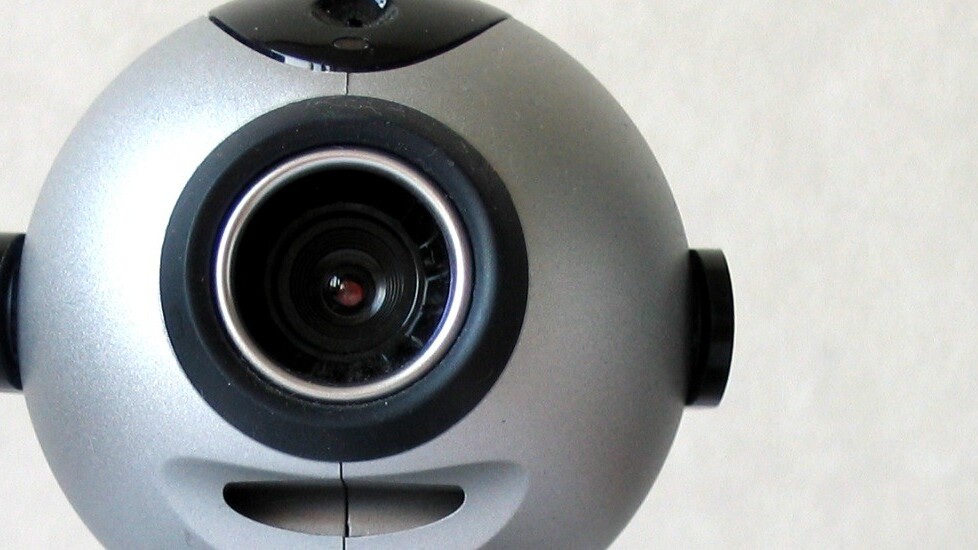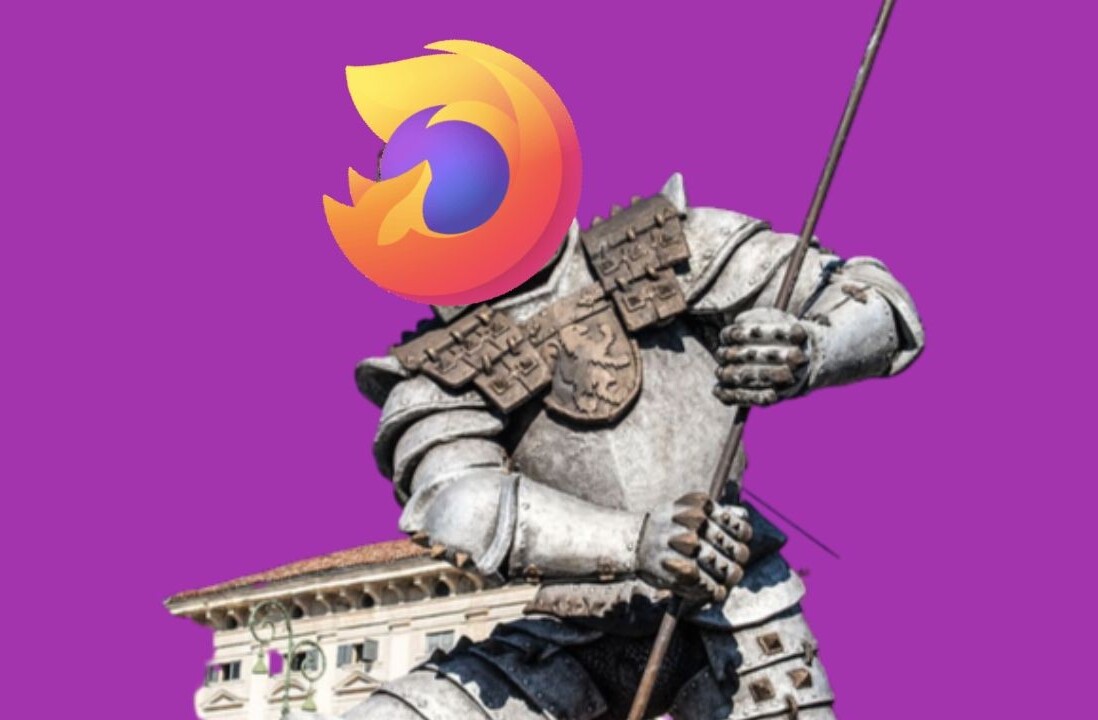
Google and Mozilla on Monday showed off how they teamed up to make their respective browsers talk to each other with the addition of WebRTC support. While the technology hasn’t yet been added to the final versions of the two browsers, you can try out the functionality yourself by grabbing the Chrome 25 beta and the latest Firefox Nightly.
The Chrome beta should work out of the box. In Firefox, you’ll need to go to about:config and set the media.peerconnection.enabled preference to “true.” Regardless of which browser you’re on, head to the WebRTC demo site to give the video calling a go.
The two companies posted a link to the same YouTube video to show off the feature (the call is between Hugh Finnan, Google’s Director of Product Management, and Todd Simpson, Mozilla’s Chief Innovation Officer):
For those who don’t know, WebRTC is an open source project that provides Internet users with the ability to communicate in real-time via voice and video by simply using a Real-Time Communications (RTC) compatible browser. It enables Web app developers to include real-time video calling and data sharing capabilities in their products.
In its announcement, Google thanked the W3C and IETF communities in developing the platform so that Chrome and Firefox can use Opus and VP8 codecs for audio and video, DTLS–SRTP for encryption, and ICE for networking. Mozilla meanwhile said the effort was made possible thanks to the close collaboration between the open Web community and engineers from both companies.
Preliminary WebRTC support was first added to Mozilla’s browser in Firefox 18, released on January 8, but you should still use the Nightly as it probably works better for this use case. Chrome 25 beta was meanwhile released on January 14.
RTCPeerConnection interoperability means that developers can now create WebRTC applications that make direct audio and video calls to other WebRTC applications (across Chrome and Firefox) without having to install a third-party plugin. There are, however, some slight differences worth knowing if you’re planning to build such an app.
Since the functionality is built into the browser, users don’t have to install anything while developers can deploy their apps much more easily. If you’re a developer, you’ll want to check out the demo app’s source code as well as the library that makes it all possible.
Image credit: Jeroen Belen
Get the TNW newsletter
Get the most important tech news in your inbox each week.




